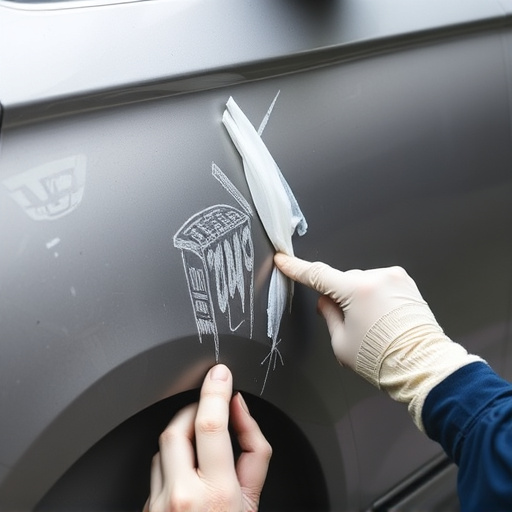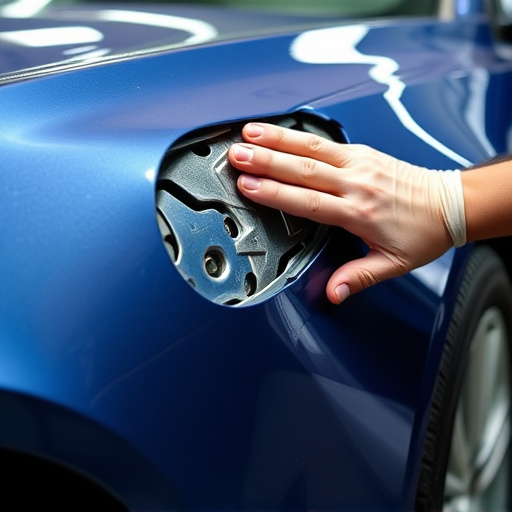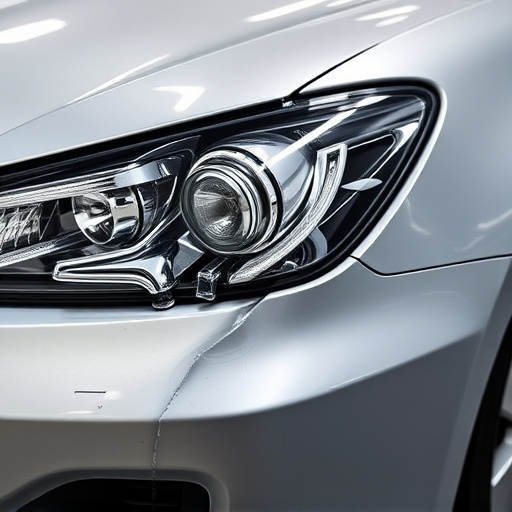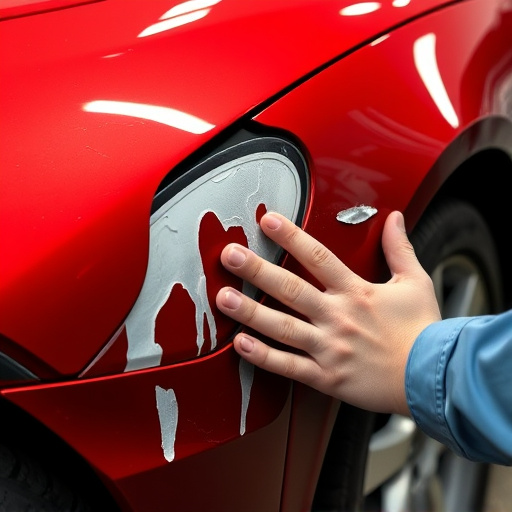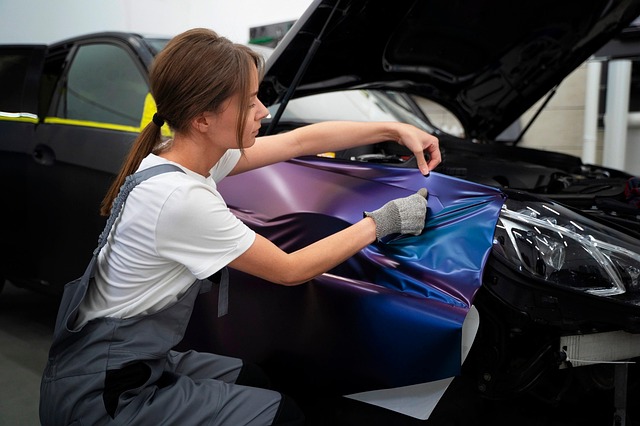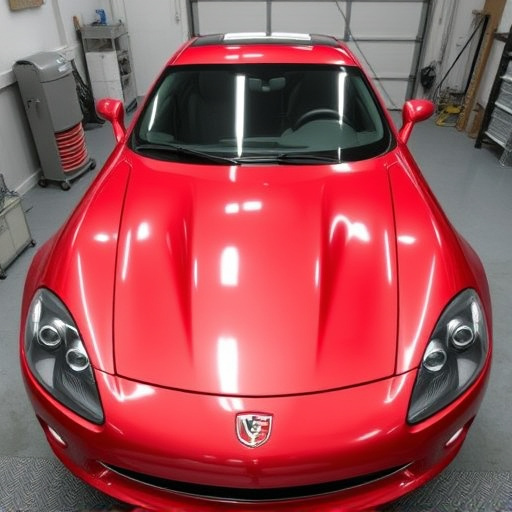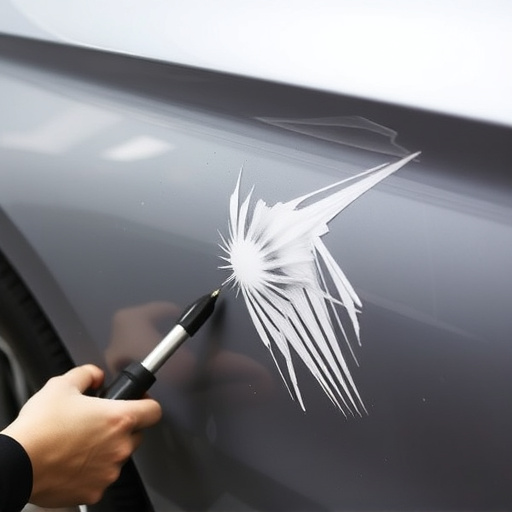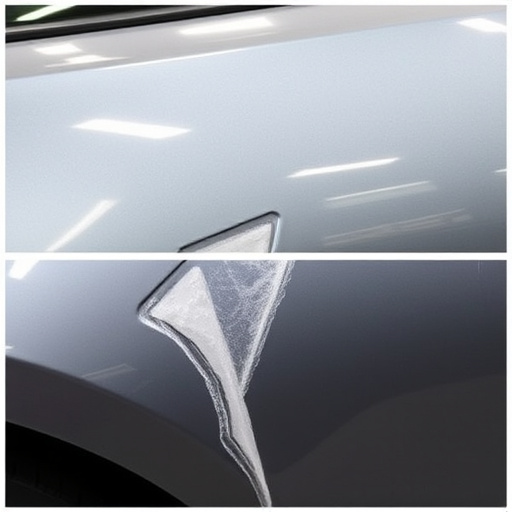Tesla's bumper sensors, which utilize ultrasonic transducers, amplifiers, and control units for obstacle detection, can fail due to component degradation, damage, or external factors like weather. Regular maintenance is crucial to prevent minor issues from escalating into costly car body repairs, including structural damage and aesthetic deterioration. Early detection through auto body inspections ensures optimal Tesla bumper sensor performance, enhancing safety and preserving vehicle value in challenging driving conditions. Prompt repair of any malfunctions is key for maintaining the integrity and appearance of these vital safety systems.
“Uncover the common culprits behind Tesla bumper sensor failures with our comprehensive guide. Tesla’s advanced safety features, including bumper sensors, are integral to their autonomous driving capabilities. However, these sensors can malfunction due to various reasons. This article explores the core functions and typical components of Tesla bumper sensors, identifies the top causes of failure, and provides practical insights on when and how to undertake a Tesla bumper sensor repair. Essential reading for owners aiming to maintain optimal vehicle safety.”
- Understanding Tesla Bumper Sensors: Their Function and Common Components
- Top Reasons Behind Bumper Sensor Failures in Teslas
- Tesla Bumper Sensor Repair: When and How to Address the Issue?
Understanding Tesla Bumper Sensors: Their Function and Common Components
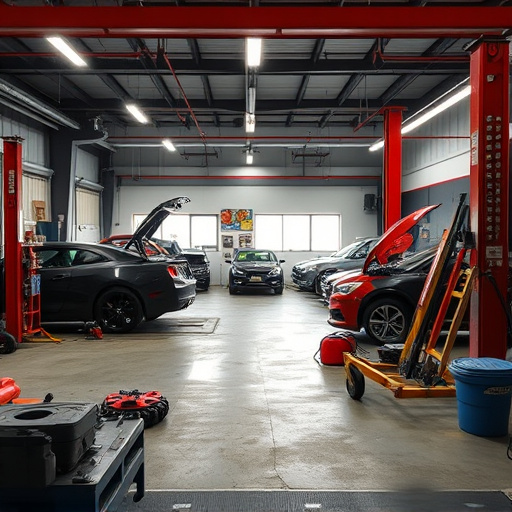
Tesla bumper sensors are integral to the vehicle’s safety system, designed to detect obstacles and alert drivers through a series of beeps and vibrations. These sensors consist of several components, including ultrasonic transducers, signal amplifiers, and control units. They use high-frequency sound waves to measure distances, ensuring the car can safely navigate tight spaces. Over time, these components can degrade due to various factors, leading to sensor failure.
While Tesla offers reliable bumper sensor systems, occasional failures can occur, prompting the need for Tesla bumper sensor repair. Common issues include damaged or malfunctioning transducers, loose connections within the control unit, or signal interference from external sources. Regular maintenance and prompt attention to warning signs can prevent minor issues from escalating into costly car body repair. Even in cases requiring Mercedes Benz repair-level expertise, understanding basic components and functions equips owners to make informed decisions regarding vehicle restoration.
Top Reasons Behind Bumper Sensor Failures in Teslas
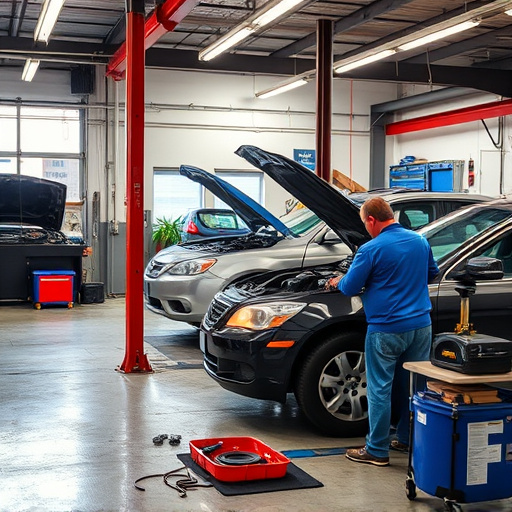
The Tesla bumper sensors, designed to detect obstacles and help prevent collisions, are a key safety feature for these electric vehicles. However, like any component, they can fail over time due to various reasons. One of the primary causes of Tesla bumper sensor failures is environmental factors. Extreme weather conditions, such as heavy rain, snow, or direct sunlight, can cause damage to the sensitive electronics inside the sensors. Water infiltration and heat exposure weaken the components, leading to malfunctions and, eventually, complete sensor failure.
Another significant reason for bumper sensor issues in Teslas is physical damage. Car accidents, especially rear-end collisions, can impact the front or rear bumpers, where the sensors are located. The force from such incidents might cause the sensors to shift, crack, or become disconnected, rendering them ineffective. Regular fender repair and bodywork services are essential to maintaining these safety systems’ integrity. Additionally, frequent use in areas with poor road conditions or construction zones can expose the sensors to constant vibrations and impacts, contributing to their deterioration over time.
Tesla Bumper Sensor Repair: When and How to Address the Issue?
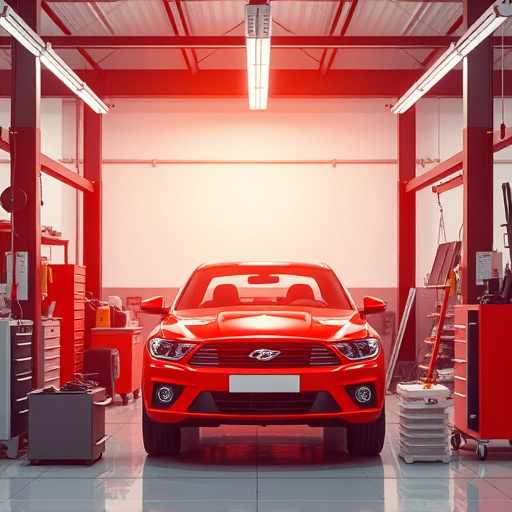
Tesla bumper sensors are designed to protect your vehicle from minor bumps and scratches, but like any component, they can fail over time. If you notice a malfunction or loose sensor, it’s crucial to address the issue promptly. Delving into Tesla bumper sensor repair involves understanding when to take action. Regular auto maintenance checks can help identify early signs of wear and tear.
For many drivers, taking your vehicle to a trusted auto body shop for professional car repair services is the safest option. They have the specialized tools and expertise to diagnose the problem accurately. Auto maintenance professionals recommend regular inspections, especially if you frequently drive on rough roads or in busy urban areas. Prompt repair ensures optimal protection for your Tesla’s bumper, maintaining its structural integrity and aesthetic appeal.
Tesla bumper sensors are integral to the vehicle’s safety system, but they can fail due to various reasons, including environmental factors, physical damage, and aging components. Understanding these causes is key to proactive maintenance and timely repairs. When a Tesla bumper sensor fails, it’s crucial to address the issue promptly to ensure optimal driving safety. Regular checks and professional repair services, focusing on replacement parts, can help extend the lifespan of these sensors and prevent more serious issues down the road, ultimately facilitating seamless Tesla bumper sensor repair.

